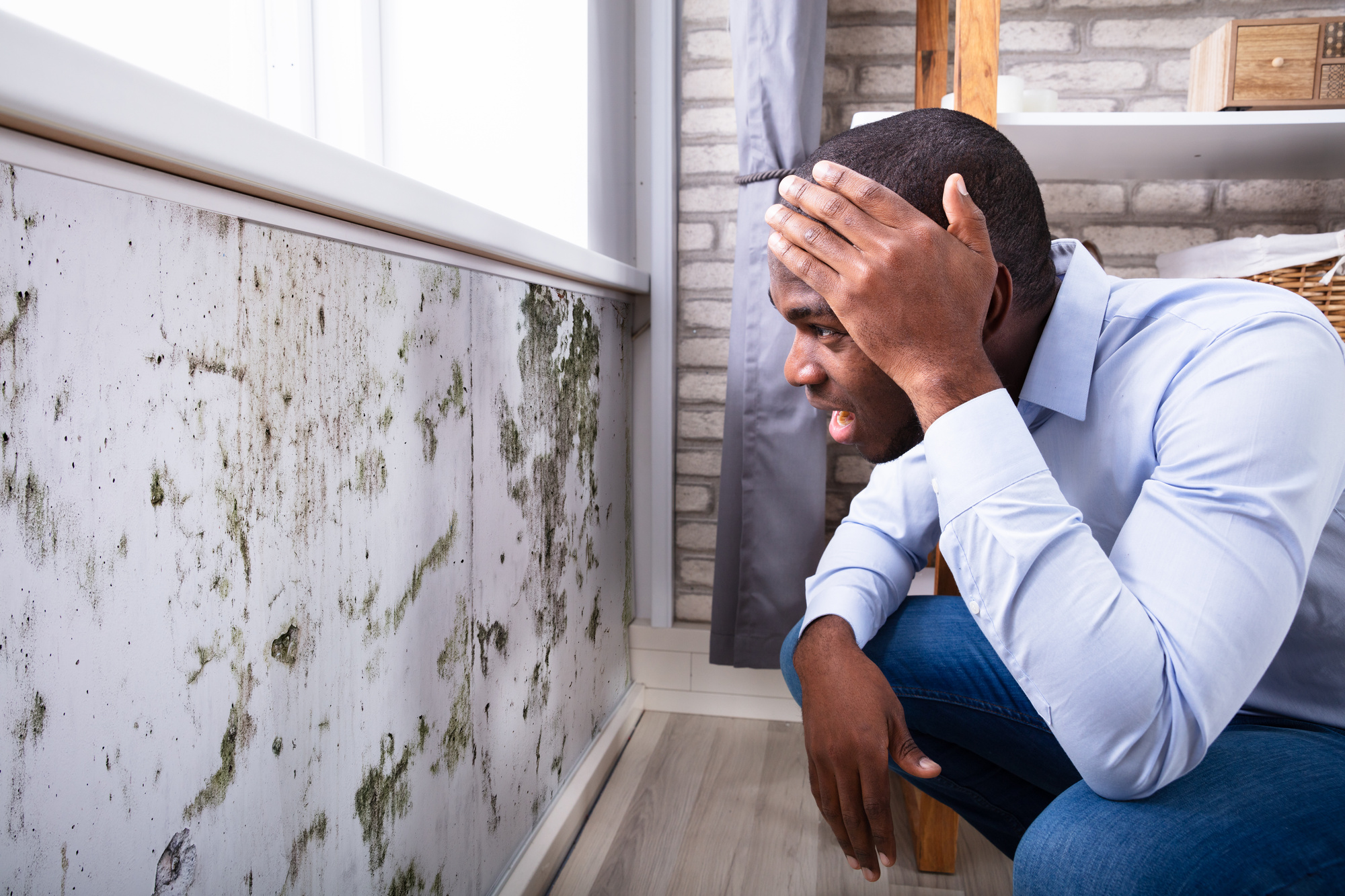
Have you seen spots or patches on your walls and curtains and had no idea what they are? Maybe one day, you just noticed a nagging feeling that something is silently growing and spreading in your home.
You may have come here looking for the answer to one of these questions. You may suspect that there is mold in your home.
But how would you know? There are so many types of mold you could be looking at that it’s hard to tell what is harmless and what isn’t. Read further to learn more about the several best-known examples.
Table of Contents
Stachybotrys
Stachybotrys is a type of mold commonly found in homes. It is greenish to black and has a slimy, velvety texture. The mold grows in damp, humid environments such as bathrooms, basements, and attics.
Stachybotrys produces mycotoxins which are toxins released from the mold into the air, leading to harmful health effects when inhaled. Symptoms include respiratory problems, headaches, skin irritation, and a weakened immune system.
To protect yourself, it is important to get rid of any visible signs of Stachybotrys in your home and to keep indoor humidity levels low.
Mucormycetes
Mucormycetes are one of the main types of mold found in houses. These molds are filamentous fungi, appearing as long threads, which can produce spores that are visible to the naked eye.
They are commonly found indoors and can be the cause of a number of respiratory and other serious health problems. Many of these signs of molds are dark in color, ranging from black to gray, and sometimes appear slimy. Symptoms of exposure to Mucormycetes may include fever, coughing, chest pain, difficulty breathing, fatigue, and headaches.
Alternaria
Alternaria is a type of mold commonly found in houses and other dwellings. It is a filamentous fungus that is a common inhabitant of both indoor and outdoor environments.
Alternaria is an allergenic mold known to cause hay fever, asthma, and other respiratory issues. It can cause both skin problems and other more severe health issues, such as pneumonia.
Aspergillus
Aspergillus is a type of mold that is commonly found all year round, both indoors and outdoors. It thrives in damp air and is generally found in areas such as basements, attics, and bathrooms.
It appears as a grey or white powder or fluff and is easy to spread. Aspergillus can cause asthma, bronchitis, or even respiratory infections in some people, so it is important to clean up or remove it as soon as possible.
Acremonium
Acremonium is the most common type of house mold, typically found in homes and buildings. It grows slowly and is often overlooked because it has a dry powdery appearance, usually in shades of white, gray, and pink.
Acremonium can be found on carpets, furniture, walls, and other surfaces. It thrives in moist and humid environments and can cause serious health hazards if left untreated. It can also cause allergic reactions in some individuals.
If you suspect a mold infestation in your home, it is crucial to contact professional mold removal and remediation services to identify the type and extent of the mold properly.
Learn More About Types Of Mold
Mold can cause serious health concerns when present in any environment. In order to prevent mold growth and potential illnesses, it’s important to understand the various types of mold and how to properly identify them.
To learn more about the types of mold and how to protect your family, contact a qualified mold remediation specialist today.
Visit our blog for more!


